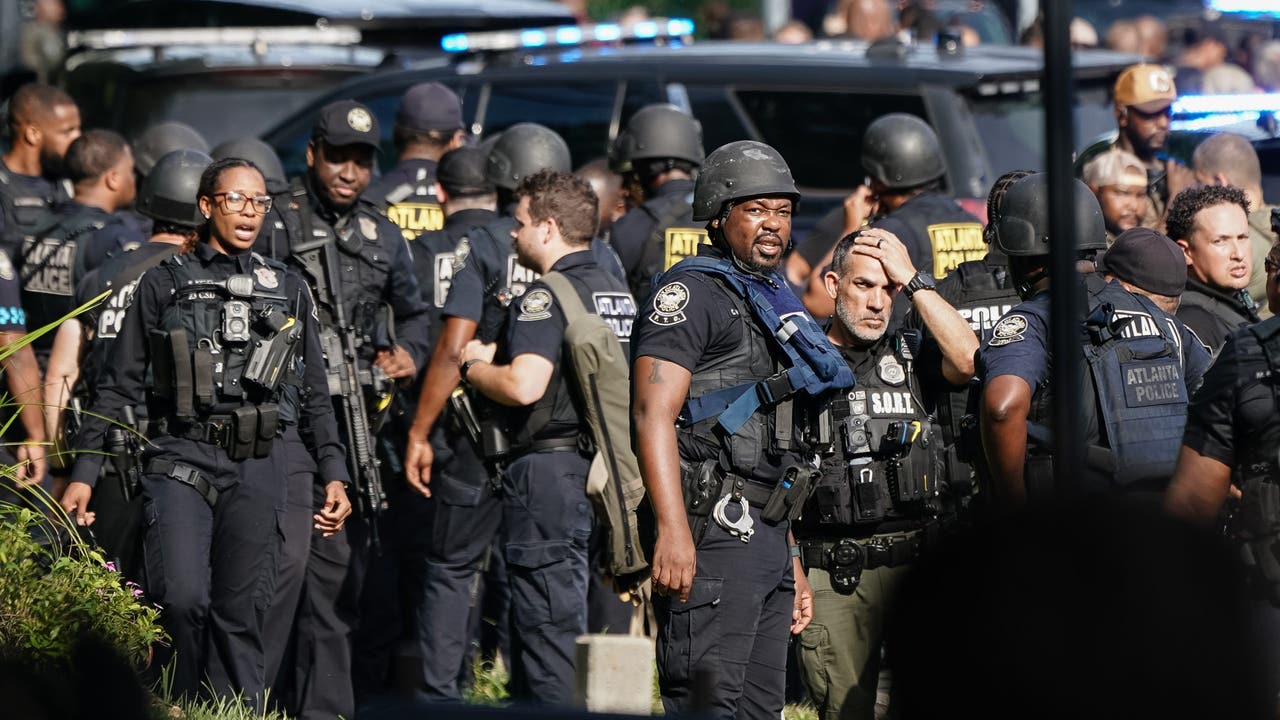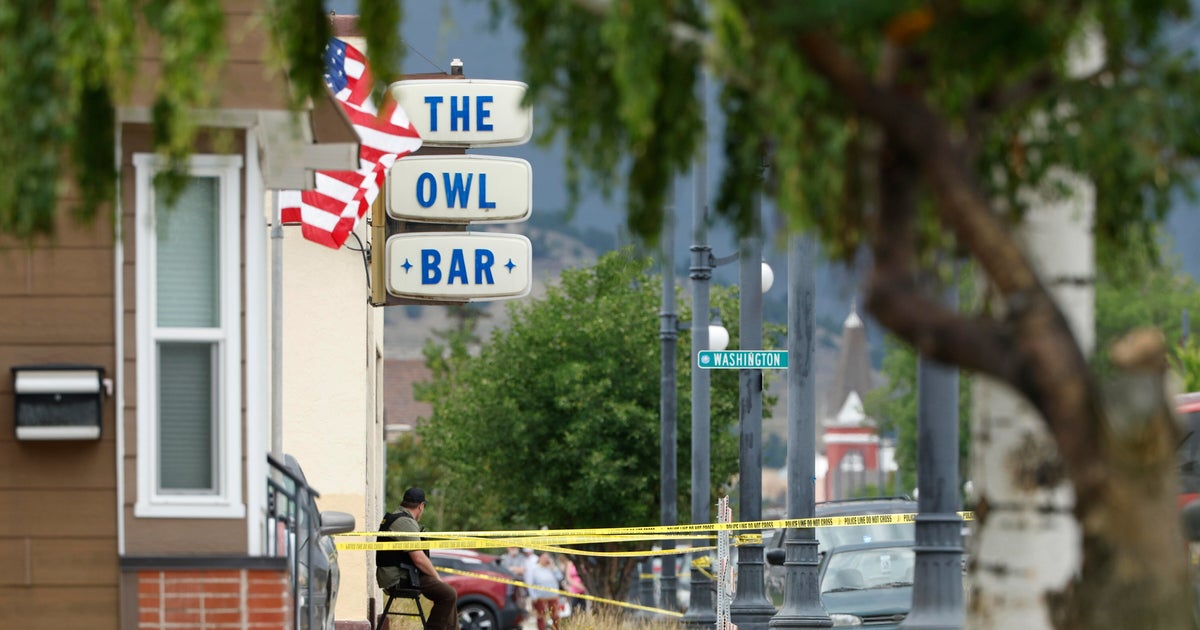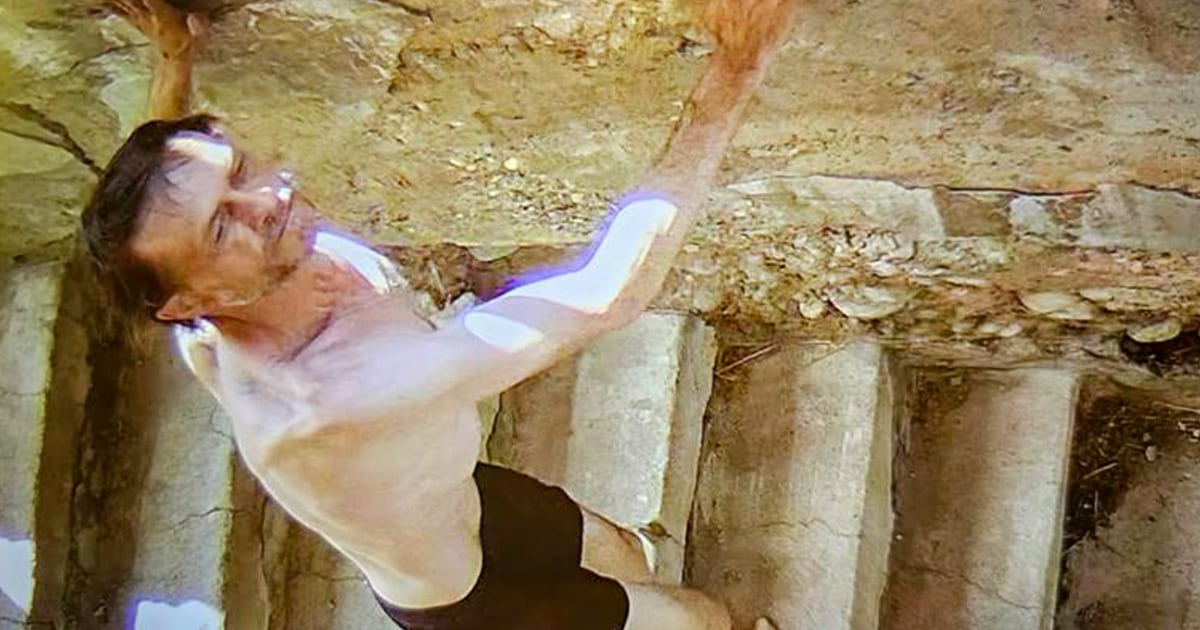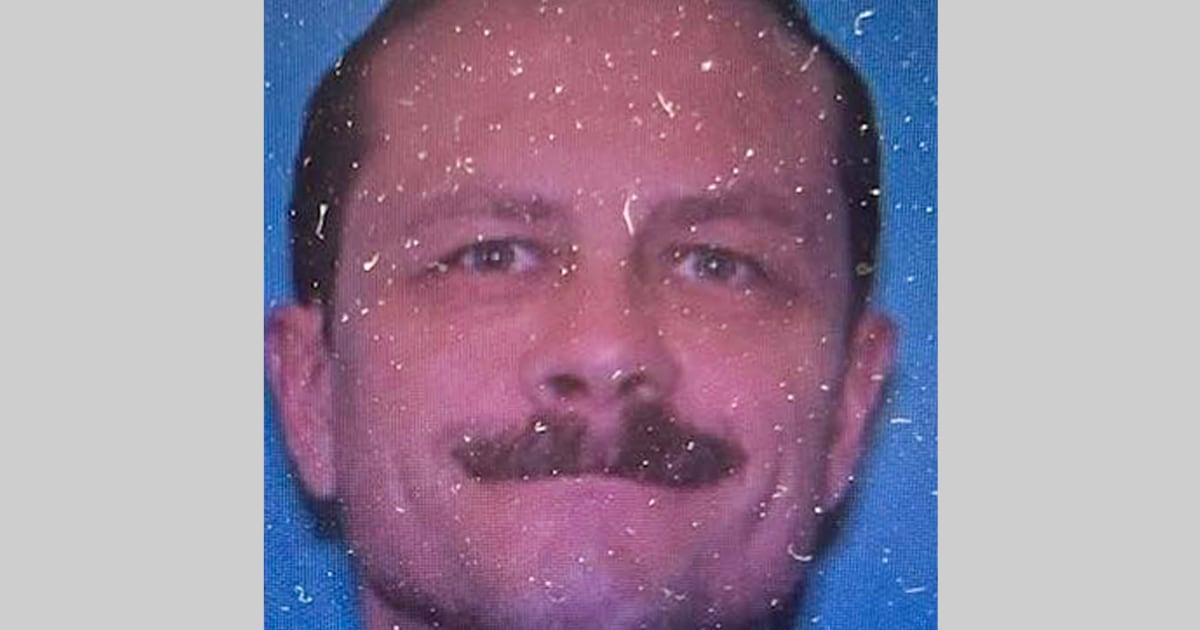Shooting in Times Square Leaves Three Injured
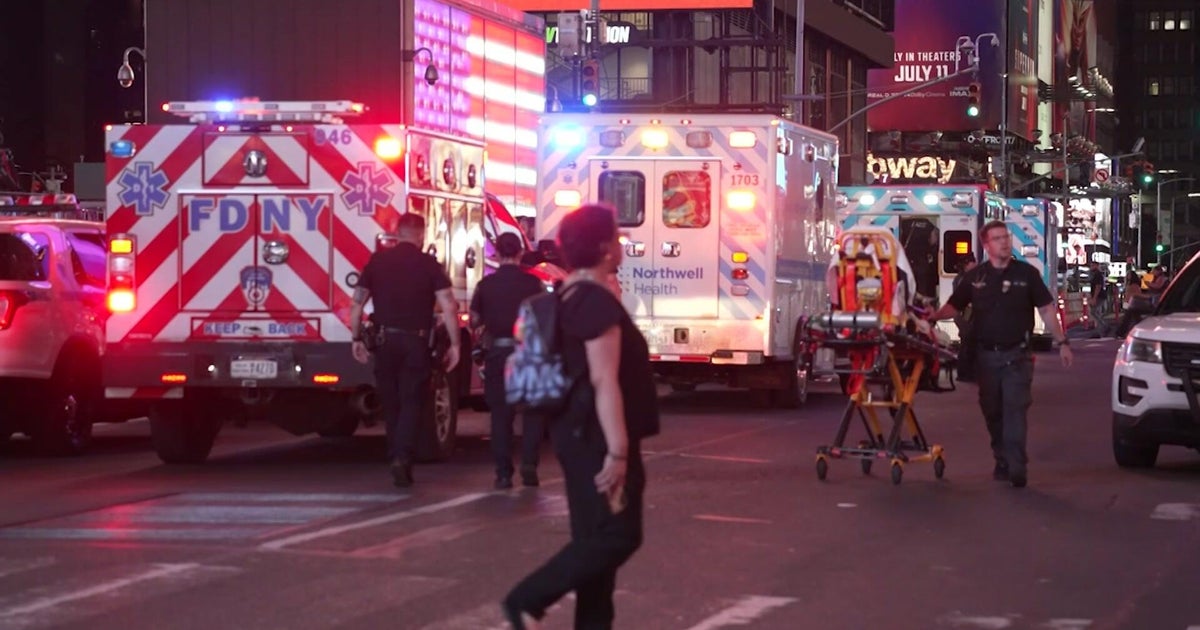
Introduction
On Friday night, a shooting incident in Times Square left three people injured. The New York City police have confirmed that the suspect is now in custody. This news has caused shock and fear among the residents and visitors of Times Square, a popular tourist destination in New York City.
Key Details
The shooting occurred around 11:15 PM, near the intersection of 7th Avenue and West 44th Street. According to eyewitnesses, a dispute broke out between two groups of individuals, leading to the shooting. The victims, two women and one man, were taken to the hospital with non-life-threatening injuries. The suspect, identified as 31-year-old Farrakhan Muhammad, was arrested in Florida. It is believed that the shooting was a result of a previous dispute between the suspect and one of the victims.
Impact
This shooting has once again raised concerns about gun violence in the city. The incident took place in one of the busiest and most crowded areas of New York City, causing panic and chaos. It also highlights the need for stricter gun control laws to prevent such incidents from happening. The NYPD has increased security measures in Times Square to ensure the safety of the public. This incident serves as a reminder that we need to address the underlying issues that lead to such acts of violence.
About the Organizations Mentioned
New York City Police Department
The **New York City Police Department (NYPD)**, established in 1845, is the largest and one of the oldest municipal police forces in the United States, tasked with policing New York City's 8.5 million residents[3][5]. It evolved from early 17th-century law enforcement in New Amsterdam, with formal professionalization modeled on London's Metropolitan Police in the mid-19th century[1][2]. The department expanded significantly in 1898 when it absorbed 18 smaller agencies after New York City consolidated, necessitating modernization in organization and communication[1][4]. The NYPD’s core mission is to protect constitutional rights, enforce laws, investigate crimes, manage traffic, counter terrorism, and respond to emergencies across all five boroughs[5][7]. It operates with over 33,000 uniformed officers and 15,000 civilian staff, organized into major bureaus such as Patrol Services, Detectives, Transit, Counterterrorism, and Special Operations. The department maintains 78 precincts, 12 transit districts for subways, and nine police service areas for public housing, reflecting its comprehensive urban coverage[3][5][7]. Historically, the NYPD has undergone significant reforms, notably under Theodore Roosevelt's leadership in the 1890s, which aimed to combat corruption and professionalize the force[1][4]. The 20th century saw modernization efforts, the introduction of plainclothes officers, and adaptation to challenges including Prohibition, World Wars, civil unrest, and rising crime waves[2][4]. More recently, the NYPD has been credited with dramatic crime reductions over the past 25 years, contributing to New York City’s status as having one of the lowest major crime rates among large U.S. cities[5]. The department’s history is complex, marked by both achievements and controversies, including periods of police brutality and corruption that remain topics of public debate[3]. Technologically, the NYPD has pioneered data
NYPD
The New York City Police Department (NYPD), established in 1845, is the largest municipal police force in the United States, responsible for policing a city of approximately 8.5 million people[5]. Originating from efforts to control rising crime in mid-19th-century New York City, the NYPD replaced earlier, less effective systems like the night watch and was modeled after London's Metropolitan Police[1][2]. Over time, it absorbed smaller local police agencies, notably in 1898 when the city expanded to include Brooklyn and other boroughs, requiring a more modern, centralized organization to serve over three million residents[1][2]. The NYPD has a complex structure comprising major bureaus for enforcement, investigations, and administration. It operates 78 patrol precincts, 12 transit districts policing the subway system with millions of daily riders, and 9 police service areas dedicated to public housing developments[5]. The department also employs uniformed civilians as traffic safety and school safety agents to manage the city’s busy streets and protect over a million students[5]. Historically, the NYPD underwent significant reforms and professionalization, especially under Theodore Roosevelt’s leadership as President of the Police Commission in the late 19th century, which helped curb corruption and improve efficiency[1][3]. The department has evolved through challenges such as the Civil War draft riots, Prohibition era crime, civil unrest in the 1960s, and the need to rebuild police-community relations in the 1970s and 1980s[2][3]. In recent decades, the NYPD has leveraged advanced technology and community policing strategies, contributing to dramatic declines in violent and property crimes, making New York City one of the safest large cities in the U.S.[5]. The department’s integration of technology in crime prevention, data analysis, and emergency response reflects its ongoing adaptation to modern urban challenges, maintaining its position as a leading law enforcement agency with a rich history of innovation and service.
